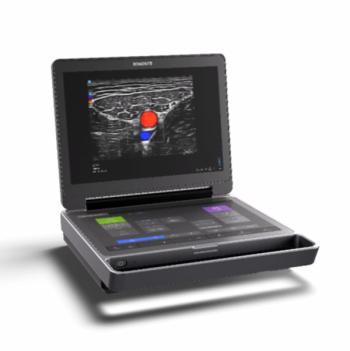
Ultrasound predicts spontaneous onset of labor and successful delivery in prolonged pregnancies
Ultrasound assessment of cervical length in first pregnancies past 41 weeks can serve as an independent predictor of the likelihood of spontaneous labor and successful vaginal delivery. Cervical length was shorter in women who experienced spontaneous onset of labor.
Ultrasound assessment of cervical length in first pregnancies past 41 weeks can serve as an independent predictor of the likelihood of spontaneous labor and successful vaginal delivery. Cervical length was shorter in women who experienced spontaneous onset of labor.
Dr. P. Vankayalapati and colleagues in the fetal medicine unit at St. George's Hospital in London published their study in Ultrasound in Obstetrics and Gynecology, which made it available online Feb. 8.
They worked with women up to 41 + three weeks of pregnancy who presented at a dedicated clinic for postdate pregnancies. Patients were examined with transvaginal ultrasound to assess cervical length, and results were recorded until the progress and outcome of the pregnancy was known. Those who reached 42 weeks without delivery were given the option of induced labor.
Researchers also tracked which patients delivered vaginally versus cesarean section and compared these data with the sonographic cervical length measurements.
The 112 women in the study who began labor spontaneously had a significantly shorter cervical length, with a mean measurement of 25 mm. The 67 women in the study who had labor induced had a mean cervical length of 28.7 mm.
Statistical analysis showed that for women who hadn't given birth before, cervical length was an independent predictor of spontaneous labor leading to vaginal delivery. For those who had given birth before, statistical analysis showed cervical length to be a predictor of vaginal delivery but not necessarily of spontaneous labor.
The researchers concluded that transvaginal ultrasound could be used to differentiate which women with postdated pregnancies would need to be induced and to predict the likilood of cesarean section.
Newsletter
Stay at the forefront of radiology with the Diagnostic Imaging newsletter, delivering the latest news, clinical insights, and imaging advancements for today’s radiologists.




























